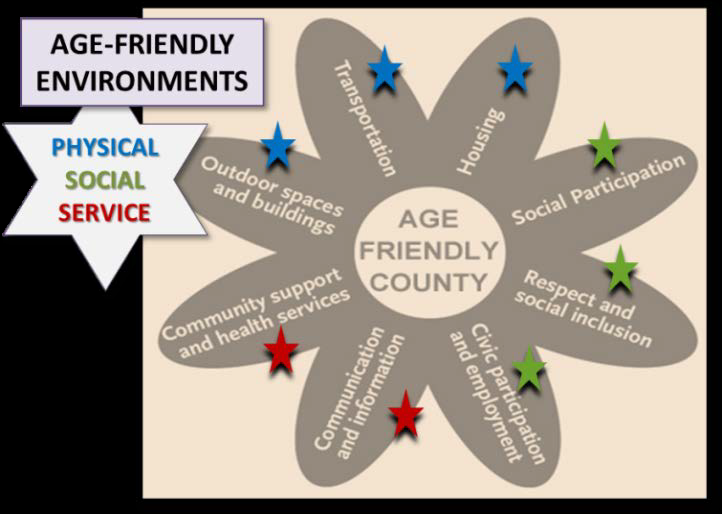
Aloha And Welcome To Hawai'i Communities For A Lifetime
Hawai’i Communities for a Lifetime (HI-CFL) Project has been developed to assist communities in Hawai’i to improve resources and increase capacity for its residents throughout their lives. The goal is to assess the physical, social, and service assets and resident perceptions of current and future resources required to improve the livability or ‘age friendliness’ of communities. It is an important process to create livable communities for people of all ages as well as to insure that we are prepared for the anticipated growth of an aging population.
The Hawai'i Communities for a Lifetime Project Objectives
-
To encourage residents in gathering data on age friendliness of their own communities.
-
To provide resident, community agencies, and planning sector organizations with data on the livability attributes of their communities.
-
To increase capacity of residents to become advocates for age-friendly resources in their neighborhoods.
The Hawai'i Communities for a Lifetime Project Objectives

The HI-CFL Project adopted the World Health Organization’s (WHO) age-friendly community model as the project theoretical framework. The model focuses on three environmental categories based on the WHO eight topical features of age-friendly places: physical, social, and services, which support or hinder independent lifestyle choices and participation of individuals in their communities as they age. You can learn more about Age-Friendly cities and communities on the World Health Organization website.
HI-CFL in Action
The process in which a community becomes involved takes several months.
Kickoff
Once interest from a local community to become involved in HI-CFL is confirmed, an open public gathering is held to inform residents, community members, and stakeholders about the HI-CFL project.
MAPPS Training & Assessment
A training specifically for residents is conducted to provide instruction on Mapping Attributes: Participatory Photographic Surveys (MAPPS) to survey features of their community by photographing and geocoding place-based characteristics.
MAPPS Discussion
Upon completion of MAPPS, the volunteer photographers review all photos and determine which illustrate significant features of their neighborhood utilizing the WHO physical social, and service environments guidelines. MAPPers view and comment on the selected photographs through a password protected website.
Community Conversation
Residents, interested community members, and stakeholders view selected MAPPS photos, discuss, and suggest ideas for how their community can become a Community for a Lifetime.
Documentation
A written summary is provided for communities to move forward on its next steps.